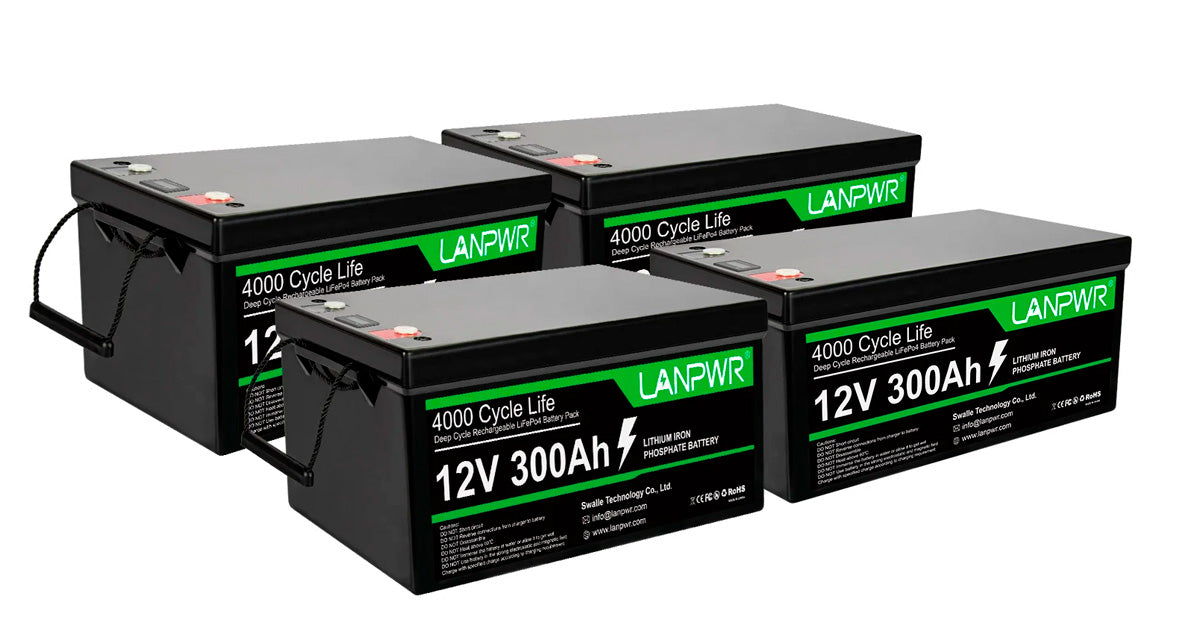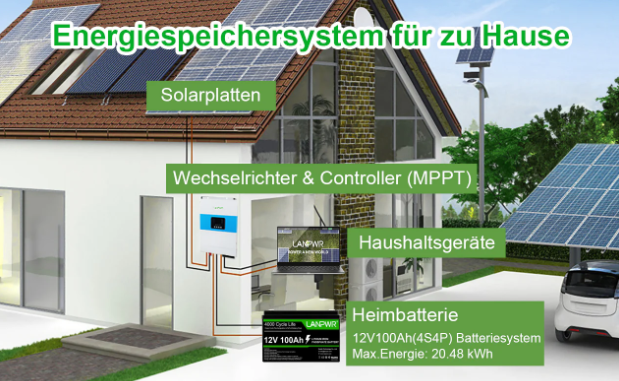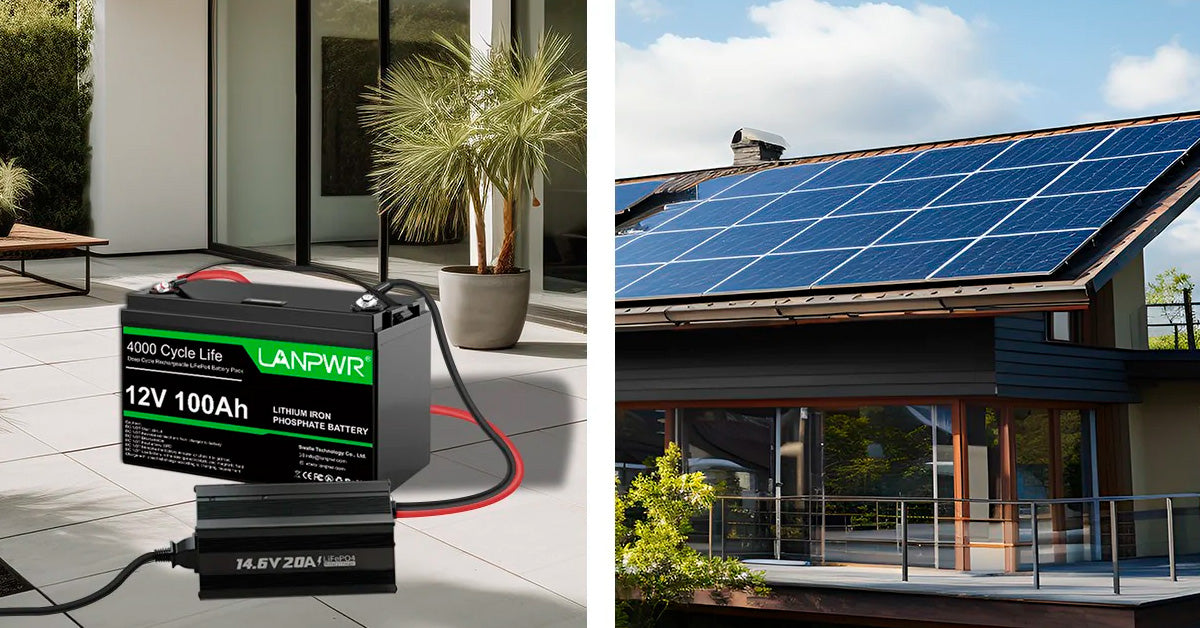Introduction
As any seasoned RV enthusiast knows, mechanical troubles can quickly dampen the joy of the open road, especially those related to battery failure. Effective battery maintenance is not just part of routine RV care; it is essential for ensuring your adventures' reliability, safety, and longevity. This comprehensive guide delves into the different types of batteries used in RVs—lithium-ion batteries, flooded lead acid batteries, and AGM batteries—each with unique characteristics and maintenance needs. Understanding these can help you maintain optimal performance and prevent inconvenient breakdowns.
Understanding RV Battery Types
Lithium-ion batteries
Characteristics and Advantages
Lithium-ion batteries represent a significant advancement in battery technology for RVs. They are notably lighter and offer a higher energy density compared to traditional batteries, which translates into longer life and more reliable power under a broader range of temperatures. This makes them an excellent choice for RVers looking to invest in longevity and efficiency.
Maintenance Requirements
Lithium-ion batteries boast a low maintenance profile but are not entirely carefree. They perform best when kept within recommended charge levels and temperatures. Avoiding deep discharges and excessive heat exposure can help in maintaining their efficacy and lifespan.
Flooded Lead Acid Batteries
How They Work and Common Uses
Flooded lead acid batteries are a tried-and-true option for many RV owners. They work through a chemical reaction between lead plates and sulfuric acid to produce electricity. Their affordability and availability make them a popular choice.
Maintenance Challenges: Why the Battery Loses Water
The primary maintenance challenge with these batteries is water loss, primarily through evaporation and the charging process, which can expose the plates and lead to irreversible damage.
The Role of Distilled Water in Maintenance
Using only distilled water to replenish lost fluid helps prevent the accumulation of minerals and contaminants that can impair battery performance and lifespan.
AGM Batteries (Absorbent Glass Mat)
Description and Benefits
AGM technology enhances the traditional lead acid model by incorporating a fiberglass mat between the plates, which absorbs the sulfuric acid and reduces leakage risk. This also provides improved shock resistance and durability, particularly important in mobile environments like RVs.
Comparing Maintenance Needs with Other Battery Types
While AGM batteries are generally more expensive, their maintenance requirements are significantly lower than those of flooded lead-acid batteries, providing a good balance between cost and convenience for many users.
Basic Maintenance Procedures
Regular Checking and Charging
How to Check Battery Voltage to Ensure a Full Charge
Regular voltage checks can alert you to problems before they worsen. A voltmeter can be used to ensure that the battery maintains a healthy charge, typically around 12.6 to 12.8 volts when fully charged.
Guidelines for Charging: How to Fully Charge and Maintain 12 Volts
Using the correct charger and following manufacturer recommendations for charging rates and durations is crucial. Overcharging can be just as detrimental as letting a battery run too low.
Water Levels and Maintenance
Importance of Water Levels in Flooded Lead Acid Batteries
Proper water level maintenance is critical for avoiding battery damage. The water helps facilitate the electrochemical reaction that generates electricity.
How and When to Add Distilled Water
It is best to check the water level every month and top up as necessary, especially during periods of heavy use. Always ensure the water covers the plates and avoid overfilling, as this can lead to acid spillage.

Cleaning and Safety
Cleaning Battery Terminals Using Baking Soda
The build-up of corrosion on the terminals can inhibit the battery's ability to charge and provide power efficiently. A simple paste made of baking soda and water can clean off this corrosion without harming the battery components.
Safety Tips to Prevent Accidents During Maintenance
Always disconnect the battery before performing any maintenance, wear protective gear such as gloves and goggles, and ensure the area is well-ventilated to avoid inhaling any harmful fumes.
Advanced Maintenance Techniques
Equalization Process
What is Equalization and Why is it necessary?
Equalization is a deliberate overcharging process used periodically to balance the charge across all cells within a battery and dissolve sulfate build-ups—a common issue in undercharged batteries.
Step-by-Step Guide to Equalizing Your Battery
This process involves applying a controlled overcharge once every few months. It's important to follow specific guidelines provided by the battery manufacturer to avoid damaging the battery.
Preventing Sulfation
What is Sulfation and How It Affect Battery Life?
Sulfation occurs when sulfur from the electrolyte crystallizes on the lead plates, which can severely impede the battery's function. This is often the result of prolonged storage without charging.
Tips to Prevent Sulfation in Deep Cycle Batteries
To prevent sulfation, keep the battery charged and conduct regular recharges during prolonged storage periods. Use a smart charger that can apply a periodic topping charge to keep the battery at optimum levels.
Seasonal Maintenance Tips
Preparing for Winter
Special Considerations for Battery Maintenance in Cold Weather
Cold weather can greatly reduce a battery’s effective capacity and increase the likelihood of freezing if not fully charged. Store the battery in a temperature-controlled environment and keep it fully charged when not in use.
Getting Ready for Summer
Challenges Faced by Batteries in Hot Climates
High temperatures can accelerate the degradation of battery components and electrolytes. In hot climates, it's particularly important to check fluid levels frequently and ensure the battery compartment is well-ventilated.
Troubleshooting Common Battery Issues
Diagnosing Reduced Capacity
Signs That Your Battery's Capacity Is Reducing
Reduced capacity can manifest as slower engine starts, dimmer lights, and less efficient power delivery. Regular testing with a load tester can help diagnose capacity issues.
Steps to Troubleshoot and Restore Battery Performance
If capacity reduction is detected early, a conditioning charge or equalization may restore some of the battery's functionality. However, if these steps do not help, it may be time to consider replacing the battery.

Dealing with Battery Failure
How to Identify If a Battery Needs Replacement
Persistent problems such as failing to hold a charge or visible damage like bulging or leaks are clear indicators that a battery needs to be replaced.
Options for Recycling or Disposing of Old Batteries
Never dispose of batteries in regular trash due to their toxic and corrosive materials. Most auto parts stores and recycling centers will accept old batteries for proper disposal.
Conclusion
Effective battery maintenance is not just a routine chore; it is an investment in the reliability and longevity of your RV. Regular checks, proper charging, and timely maintenance can prevent most battery issues and ensure that your RV remains ready for any adventure. We encourage every RVer to take the time to understand and care for their batteries, as doing so will greatly enhance the overall performance and enjoyment of their vehicle.














Leave a comment
This site is protected by hCaptcha and the hCaptcha Privacy Policy and Terms of Service apply.